7 common joint symptoms
Which ones should you worry about, or not?

From noisy joints and stiffness to swelling and joint pain, you may wonder which symptoms spell arthritis, or what else they could mean. Arthritis includes over 100 joint conditions, but the most common one is osteoarthritis and affects nearly 27 million adults in the U.S. Osteoarthritis causes joint pain and stiffness, but not all joint symptoms stem from arthritis.… Show More
From noisy joints and stiffness to swelling and joint pain, you may wonder which symptoms spell arthritis, or what else they could mean. Arthritis includes over 100 joint conditions, but the most common one is osteoarthritis and affects nearly 27 million adults in the U.S. Osteoarthritis causes joint pain and stiffness, but not all joint symptoms stem from arthritis. Joint problems can result from injury, infection, or biomechanical issues—how you're built and how you move. Here are some clues to some common joint symptoms.
Show Less
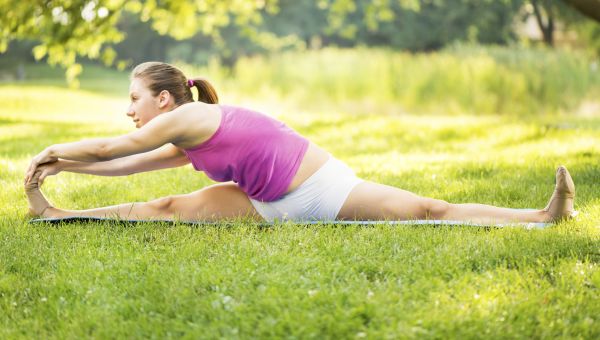
Super Flexible Joints
Being double-jointed usually isn't a problem. But hypermobility (as docs call it) can sometimes lead to injury or joint damage because your joints tend to move beyond the normal safe range. It could be part of the reason an injury occurs—or keeps happening, says Rick Olderman, a physical therapist… Show More
Being double-jointed usually isn't a problem. But hypermobility (as docs call it) can sometimes lead to injury or joint damage because your joints tend to move beyond the normal safe range. It could be part of the reason an injury occurs—or keeps happening, says Rick Olderman, a physical therapist in Denver. "Often, there's an underlying vulnerability in the body that has to do with how your body is built or how you move it," he says. So, don't overdo it while stretching or working out.
Show Less
Noisy Joints
Popping in your joints while bending or stretching is pretty common and often harmless. It happens when tiny nitrogen gas bubbles form between joints, like your knees or shoulders, and get released during movement. It can also occur when ligaments glide over a joint and snap. "It's not a sign of… Show More
Popping in your joints while bending or stretching is pretty common and often harmless. It happens when tiny nitrogen gas bubbles form between joints, like your knees or shoulders, and get released during movement. It can also occur when ligaments glide over a joint and snap. "It's not a sign of disease or injury unless the noise is accompanied by significant pain, warmth or swelling," says New York-based rheumatologist Natalie Azar, MD. So, if your joints pop, watch for those other warning signs.
Show Less
Crunchy Joints
A crunching sound, usually in the knees, can be an early sign of osteoarthritis. "Cartilage is normally the shock absorber between bones, but it wears down in osteoarthritis, so bones rub together. That's what you're hearing," says Azar. That crunching sound, called "crepitus" (Latin for "cracking")… Show More
A crunching sound, usually in the knees, can be an early sign of osteoarthritis. "Cartilage is normally the shock absorber between bones, but it wears down in osteoarthritis, so bones rub together. That's what you're hearing," says Azar. That crunching sound, called "crepitus" (Latin for "cracking"), is more of a sensation than a noise. For example, if you put your hand over your knee while bending it, you can feel a grating. If you're 30-40 pounds overweight, see a rheumatologist because it's probably arthritis, Azar suggests.
Show Less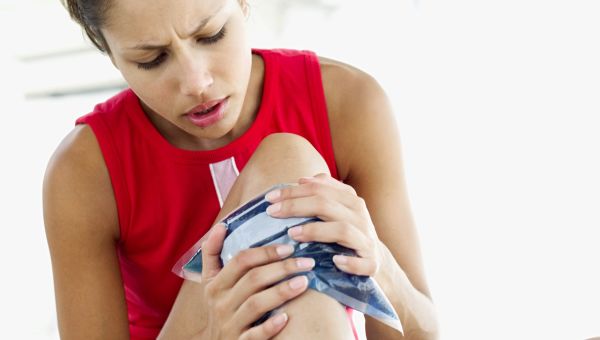
Swelling
"Swelling is always an issue—often a sign of injury, overuse or arthritis," says Olderman. "You'll notice swelling mostly in areas where there's less muscle tissue, or in bony areas, such as knees, ankles and wrists." Injuries to joints, tendons or ligaments are common culprits, but it could also… Show More
"Swelling is always an issue—often a sign of injury, overuse or arthritis," says Olderman. "You'll notice swelling mostly in areas where there's less muscle tissue, or in bony areas, such as knees, ankles and wrists." Injuries to joints, tendons or ligaments are common culprits, but it could also point to a disease like rheumatoid arthritis or gout. Pain and redness could also mean an infection in the joint or tissue.
Show Less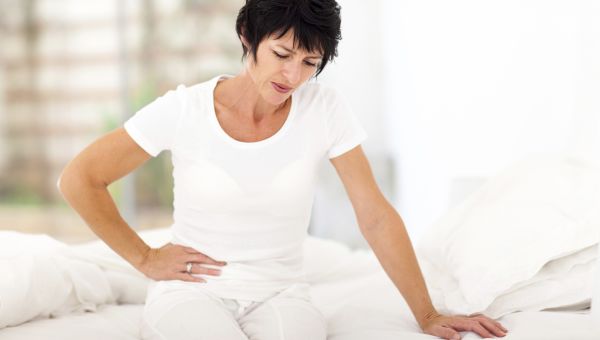
Morning Stiffness
"It's normal to wake up feeling stiff, especially in your 40s and 50s, but how long it lasts tells you if there's a problem," says Azar. Some degeneration of your joints happens naturally over time, so mild osteoarthritis symptoms—like stiffness that lasts about 30 minutes—are common in middle age.… Show More
"It's normal to wake up feeling stiff, especially in your 40s and 50s, but how long it lasts tells you if there's a problem," says Azar. Some degeneration of your joints happens naturally over time, so mild osteoarthritis symptoms—like stiffness that lasts about 30 minutes—are common in middle age. But if stiffness lasts an hour or more, see your doctor. It could point to advanced osteoarthritis or an inflammatory condition, such as rheumatoid arthritis, lupus or psoriatic arthritis, says Azar.
Show Less
Redness
Redness is a sign of inflammation, which means your body may be responding to an injury or infection. The change in skin color results from increased blood flow to the area to aid in healing. If redness is accompanied by significant pain, heat and swelling, it could be a sign of cellulitis, a… Show More
Redness is a sign of inflammation, which means your body may be responding to an injury or infection. The change in skin color results from increased blood flow to the area to aid in healing. If redness is accompanied by significant pain, heat and swelling, it could be a sign of cellulitis, a serious bacterial infection that's common in the legs but can happen anywhere. Redness is also a less common symptom of arthritis.
Show Less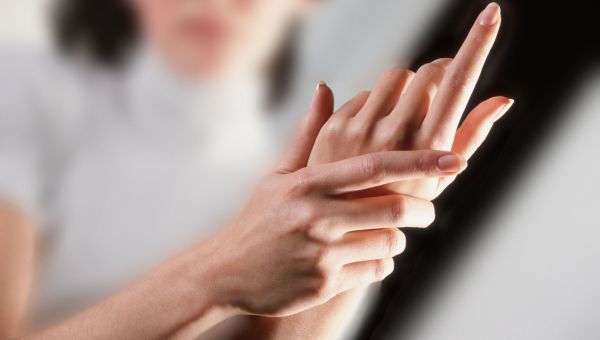
Nagging Pain
Pain is your brain signaling trouble somewhere in your body, and the location usually offers a clue. For example, gout often occurs in the big toe. Pain patterns can also be revealing, says Azar. Pain that moves from one joint to another could be acute rheumatic fever. Pain that strikes both… Show More
Pain is your brain signaling trouble somewhere in your body, and the location usually offers a clue. For example, gout often occurs in the big toe. Pain patterns can also be revealing, says Azar. Pain that moves from one joint to another could be acute rheumatic fever. Pain that strikes both sides of the body, like both hands, tends to happen with rheumatoid arthritis, while pain that's one-sided could be psoriatic arthritis.
Show Less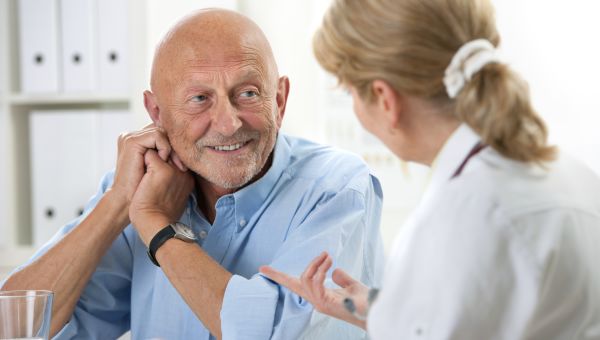
Call the Doc
Your joints will suffer some wear and tear as you age, but not everyone who reaches 60 automatically develops arthritis, says Azar. You can do plenty to keep joints healthy, such as staying active and watching your waistline. Being overweight is a leading risk factor for osteoarthritis because it… Show More
Your joints will suffer some wear and tear as you age, but not everyone who reaches 60 automatically develops arthritis, says Azar. You can do plenty to keep joints healthy, such as staying active and watching your waistline. Being overweight is a leading risk factor for osteoarthritis because it puts stress on weight-bearing joints. Dropping even a little weight can reduce the risk or improve your symptoms. If you have any joint pain or other bothersome symptoms, talk to your doctor.
Show LessMore On


video

slideshow


video


video
